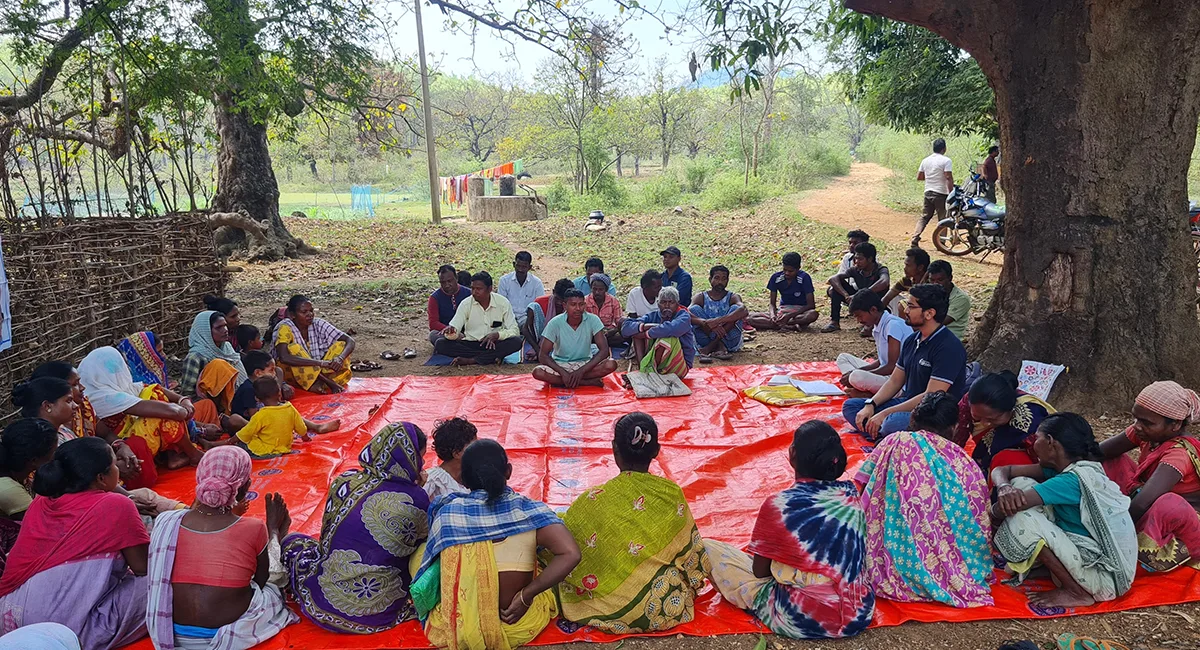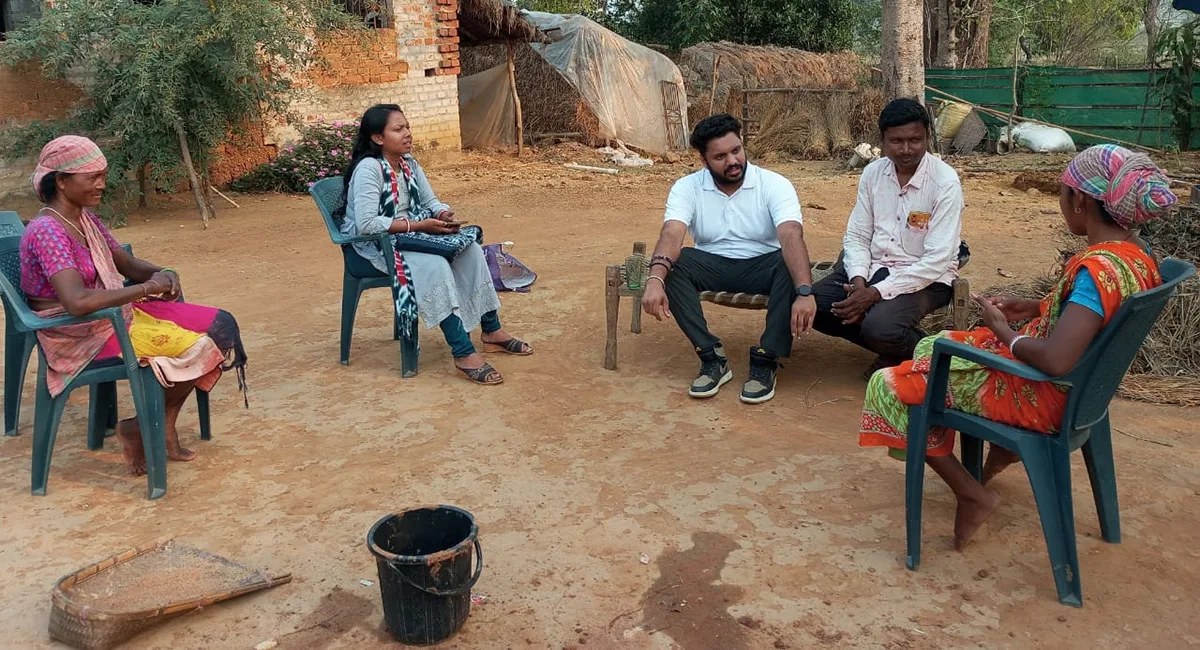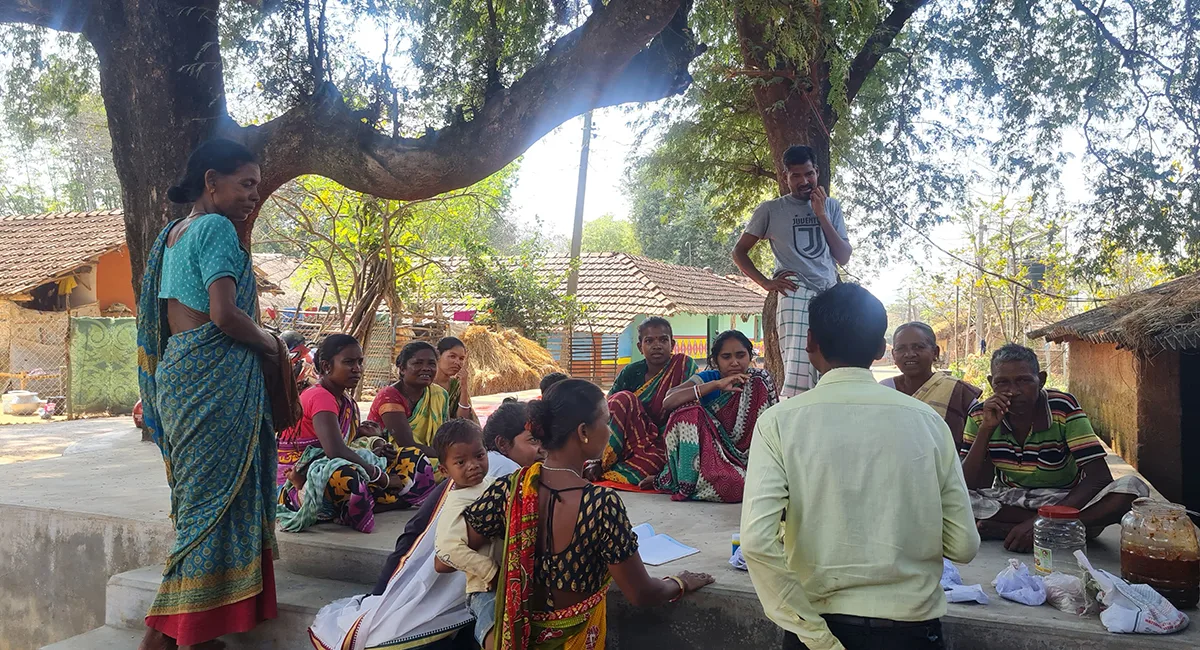Find the programme that meets your requirements and aspirations.
Apply nowStudent blogs
- SPJIMR
- Blog
- #DoCCDiaries: Clans of Santal – The power of the collective!
#DoCCDiaries: Clans of Santal – The power of the collective!










Location: Jhari Village, Kantashole Panchayat, East Singhbhum, Jharkhand
The internship and trip to Jharkhand was my first long outing to the eastern part of the country, and it has given me new experiences about the culture outside my spectrum of India’s identity. I spent a lot of time in the small Panchayat of Kantashole, which has 14 villages.
Gratitude fills my heart as I reflect on the enriching experience of working on the Rural Micro Economic Zone (MEZ) project in Kantashole Panchayat, Jharkhand. It’s been an honour to collaborate with such esteemed organisations. I am immensely grateful for the opportunity to contribute to the Chief Minister Smart Gram Yojana alongside dedicated individuals like Utsav Shah and the supportive team of Kalamandir, Jamshedpur. Together, we’ve not only worked on crafting a robust business plan for the MEZ but also strived to empower landless farmers and single women in the East Singhbhum district.
This experience has taught me invaluable lessons and provided me with a deeper understanding of the challenges faced by rural communities. As we move forward, I am filled with optimism about the impact our efforts will have on the lives of those we seek to serve. As taught by our Project lead Amitava Ghosh, Sir, no effort is small if it helps the community. I have learned deeply from our conversations and numerous meetings. Amitava, Sir, thank you so much for the lessons. I will cherish them throughout my life. Special mention goes to Biswaroop Chatterjee, Sir, for teaching us valuable lessons on community empowerment and helping us enjoy the beautiful state of Jharkhand.
The clans of Santal:
For our project, we travelled with other teams working in the Kalamandir to their field. There, the Gram Pradhan proudly told us about the 12 clans of the Santal tribe, namely Hansdak, Murmu, Hembrom, Soren, Kisku, Tudu, Marndi, Baske, Besra, Chonre, Puria and Bedea. The same seems like a trivial point of information, but it proved to be one of the most priceless insights I got once I visited the villages. Every clan has its own speciality and association, and this is very different from the caste or the religious system I have personally experienced. For instance – the Tudu clan is associated with music, and the Soren clan is associated with medicine. I was very intrigued with the rich tapestry of culture in Jharkhand. Although not very happy with the preservation of the same. I was not able to find any museum in the nearby area to understand or read more about it. Also, information on Google is not complete, or there are just some articles.
In the Panchayat of Kantashole and nearby Panchayats, the tribal population does not believe in the concept of Gods as idols. Instead, they believe in a much larger divine power of Nature and worship them every year at major festivals. While participating in one of these festivals, I came across a very intriguing ritual whereby villagers go to each other’s houses and wish them luck in the harvesting season. The camaraderie they have as a community and the way they believe in the power of the collective shall stay with me for a long time in my life.
Heartfelt thanks to S. P. Jain Institute of Management & Research (SPJIMR) DoCC and Kalamandir Jamshedpur for their unwavering support and guidance throughout this journey. Someday, I would love to be back again and unearth other stories and learn more about the clans of Santal. I hope the stories and Santal’s way of life survive till then.
About Post Graduate Diploma in Management (PGDM)
SPJIMR’s Post Graduate Diploma in Management (PGDM) is a two-year, full-time residential programme equivalent to an MBA. PGDM is approved by AICTE, accredited by NBA and AMBA, UK and consistently rates among India’s top 10 management programmes. The programme offers a holistic approach to leadership development with its innovative blend of classroom learning and thoughtfully curated immersive experiences.




